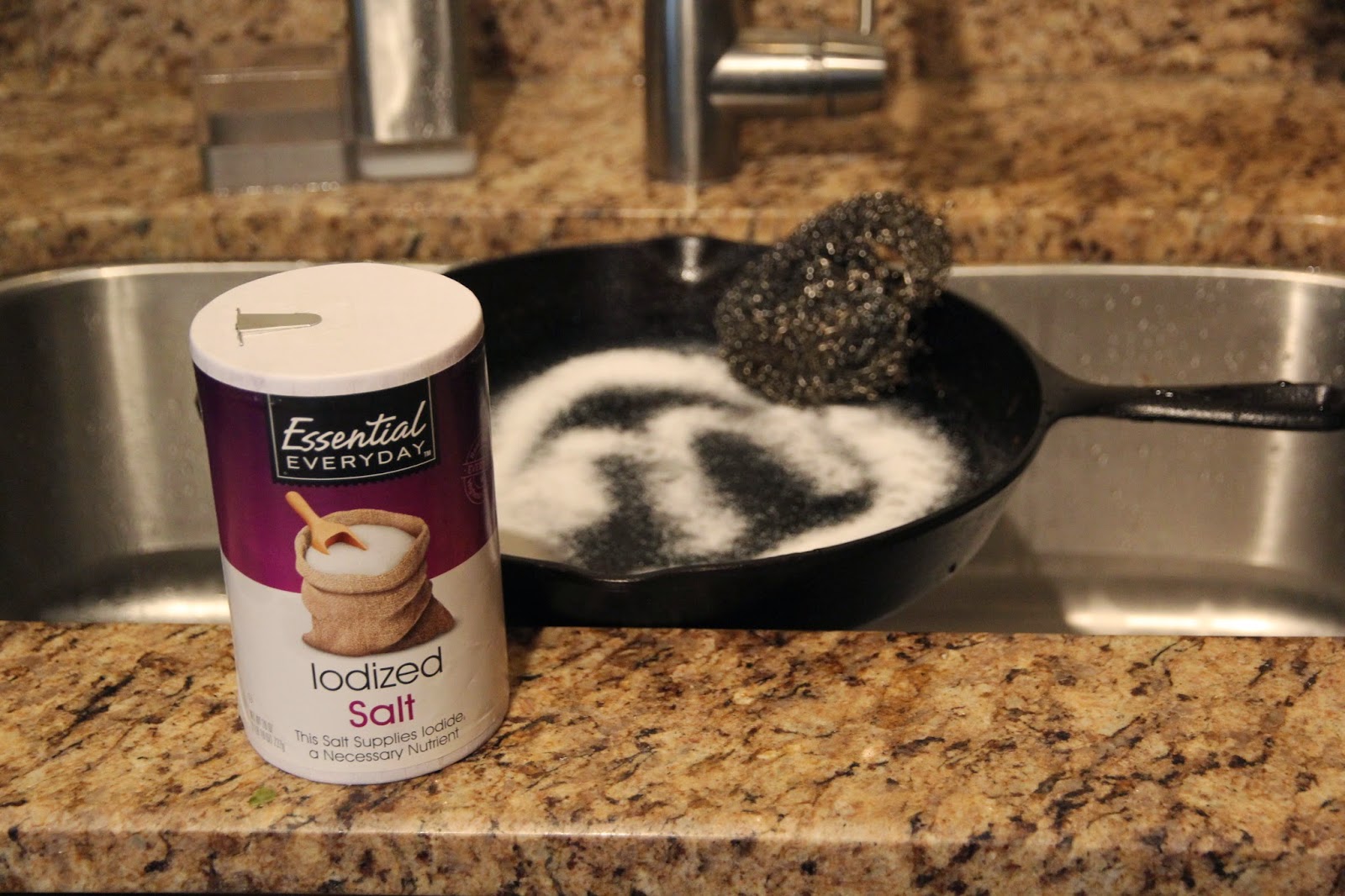There are a thousand different versions of garlic bread. There's a Paula Deen style recipe with mayonnaise and cheddar cheese that is more like a sandwich than it is a side dish. Then there's the other end of the spectrum that I described in my post about garlic. You take a slice of good crusty Italian bread, grill it over high heat, then rub it with a fresh clove of garlic, and brush with a little olive oil. So simple, but so perfect!!
This recipe falls somewhere in between. It's cheesy and buttery and decadent, but it's made with ingredients that you would expect to see in "garlic bread" i.e. no mayo and no yellow cheese.
Disclaimer: this is also where you see my frugal side come out. I wanted to make the garlic bread and had most of the ingredients... except the bread. But what I did have were some brioche hamburger buns in my freezer. So I made do. It looks a little silly, but don't judge - they were delicious!!
You'll start out by roasting a head of garlic following the technique that I described in my All About Garlic post



After you have your roasted garlic paste, you'll add in the other ingredients. To make 2 buns' worth of topping (2 halves each, so 4 total pieces) I used about 1/3 cup of Parmesan cheese, 1 tbsp oil, 1 tbsp butter, and a dash of salt and pepper. You don't need too much butter or oil because the roasted garlic has a lot of moisture, and as the bread bakes the cheese will give of some oil too. But you do need some!!
Continue mashing with your fork until all ingredients are combined, then top your bread (or buns as it were) and pop them into a 350 degree oven.


I like to bake them until the topping starts to get a little golden, but you also need to make sure that the bread is getting heated too so that it becomes crispy on the bottom, as good garlic bread should be. So just watch it closely so that your each that balance. If the bottom of the bread seems to be browning/crisping too fast and the topping hasn't melted and turned golden, then switch to the broiler so that the top gets the finishing touch. If the top is getting too browned and the bottom isn't browning quickly enough, then move your oven rack down one or two positions. As I keep saying all ovens are different, so play this one by ear. But trust me, the results will be WELL worth it!!
This recipe falls somewhere in between. It's cheesy and buttery and decadent, but it's made with ingredients that you would expect to see in "garlic bread" i.e. no mayo and no yellow cheese.
Disclaimer: this is also where you see my frugal side come out. I wanted to make the garlic bread and had most of the ingredients... except the bread. But what I did have were some brioche hamburger buns in my freezer. So I made do. It looks a little silly, but don't judge - they were delicious!!
You'll start out by roasting a head of garlic following the technique that I described in my All About Garlic post



These roasted cloves will be the base for the topping for our decadent bread. Other ingredients you'll need are grated parmesan cheese, Italian Seasoning (herbs only, no sodium), olive oil, salt and pepper.
Start out by squeezing the roasted garlic out of each of the cloves, and then mashing it into a paste with a fork. Please avoid eating all of this roasted garlic deliciousness with a spoon... it will certainly be tempting.
After you have your roasted garlic paste, you'll add in the other ingredients. To make 2 buns' worth of topping (2 halves each, so 4 total pieces) I used about 1/3 cup of Parmesan cheese, 1 tbsp oil, 1 tbsp butter, and a dash of salt and pepper. You don't need too much butter or oil because the roasted garlic has a lot of moisture, and as the bread bakes the cheese will give of some oil too. But you do need some!!
Continue mashing with your fork until all ingredients are combined, then top your bread (or buns as it were) and pop them into a 350 degree oven.


I like to bake them until the topping starts to get a little golden, but you also need to make sure that the bread is getting heated too so that it becomes crispy on the bottom, as good garlic bread should be. So just watch it closely so that your each that balance. If the bottom of the bread seems to be browning/crisping too fast and the topping hasn't melted and turned golden, then switch to the broiler so that the top gets the finishing touch. If the top is getting too browned and the bottom isn't browning quickly enough, then move your oven rack down one or two positions. As I keep saying all ovens are different, so play this one by ear. But trust me, the results will be WELL worth it!!
Behold! My decadent, frugal, borderline trashy but still sorta fancy over-the-top roasted garlic bread... I mean buns. Seriously, don't judge.













